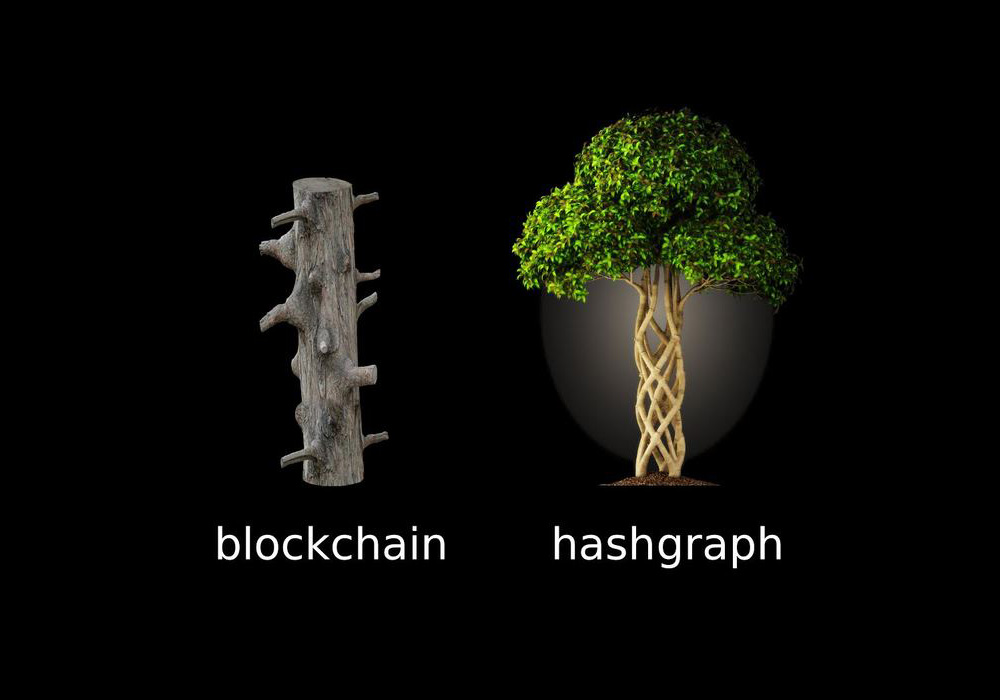It’s understandable if your first reaction is: “Uhmm… I know blockchain, but what’s this funny sounding hashgraph thing?” Hashgraph is an emergent distributed ledger technology that, from all indications, seems set to take over from blockchain. Although not anywhere as widely used as blockchain is yet, Hashgraph shows a lot of potential. For a brief overview, you can check out our initial article that gives a quick introduction to the idea of the Hashgraph technology.
In this piece, we’ll be focusing on specific ways in which Hashgraph shows superior performance to the blockchain system. It’s easy to make random claims about the distributed ledger technology that will replace blockchain, but here we’ll go into details and discuss some specific areas in which blockchain pales in comparison to Hashgraph.
1. Fairness
This is an important feature of any distributed ledger technology. Distributed ledger systems work on the principle that there’s no central authority mediating the system and ensuring that transactions are actually arranged in their correct order. The question then becomes: How is fairness ensured? For a system like this to be fair, it is important that no single entity should be the one to determine the order of transactions. Blockchain, especially with cryptocurrencies, achieve this through the proof of work system. Miners solve a computational problem to determine the valid transactions and their order. However, since the miners are the ones who determine which transaction to put in blocks, then they have a say in the order of transactions and complete fairness is therefore not in play. This is not the case with Hashgraph. Hashgraph ensures more fairness by ensuring that no single member of the network determines the order of transactions on the graph using a consensus time stamping system.
2. Security
Here’s one of Hashgraph’s really strong points. But first, let’s talk about blockchain. Blockchain only gives a very low probability of the network being compromised. The more blocks being stacked on the chain, the less likely or easy it is for anyone to reverse the order or mutate the information stored on the public ledger. This means that with sufficient resources, a bad actor, or a large collection of bad actors might still find a way to manage to override the system. This is not the case with Hashgraph. Hashgraph which is a pure voting based algorithm with Asynchronoyus Byzantine Fault Tolerance (Asynchronous BFT). This is a kind of mathematical proof that gives 100% assurance about the security of the system. Although systems with Asynchronous BFT depend on a gossip system that require such a large bandwith that it becomes impractical to implement, Hashgraph finds a way to circumvent this technical blip. Rather than working by voting and communicating the votes all around the network, hashgraph uses a gossip history to make predictions of other users’ votes and so less bandwith is required. The summary here is that Hashgraph has an assurance of security while blockchain only has a very low probability of being compromised.
3. Speed
Bitcoin, the flagship blockchain network, has a current transaction limit of 7 transactions per second. This is one of the reasons why cryptocurrencies for now are more a store of assets/value rather than an exchange medium. The hashgraph technology on the other hand has shown, in recent tests, speeds of over 200,000 transactions per second. This is mind blowing when you think of it and will be truly revolutionary when it gets deployed on large scales.
4. Electricity consumption
A really big drawback of blockchain is the sheer amount of Electricity it guzzles. Due to the massive computations required by the proof of work system, Blockchain takes a lot of electricity to run. Bitcoin alone has been estimated to use more electricity in a year than New Zealand and Hungary. And you can be sure this will only be on the increase. Hashgraph on the other hand, does not require such a computationally intense system because it has already circumvented the need for such intricate calculations at almost every second. So, as far as the environment is concerned, Hashgraph is the technology you want to roll with.
5. Reward System
The mining process for cryptocurrencies supported by blockchain can basically be described as a lottery process. The first miner to solve a particular block gets the transactions fees. Whereas, all the other miners who are working on the same block have to discard it and start working on another block of transactions. This is a little tough to deal with and may not benefit all miners at the same time. On Hashgraph, everybody each node gets compensated for how much bandwith and storage space is provided alongside how many CPU cycles are contributed. This way, everyone gets a share depending on what they bring to the table and it’s not the kind of jungle that Blockchain is.
Read more : Beginner’s Guide to ICO Investing: How to Participate in ICOs
These are just some of the advantages Hashgraph holds over Blockchain, there are still more, and a lot more will definitely unravel as the system evolves.
